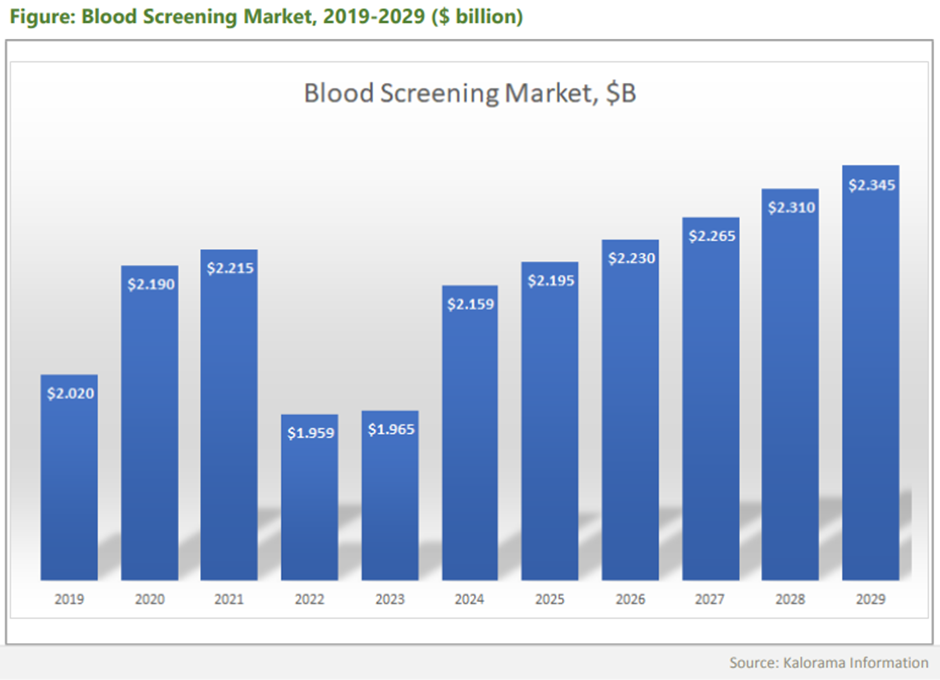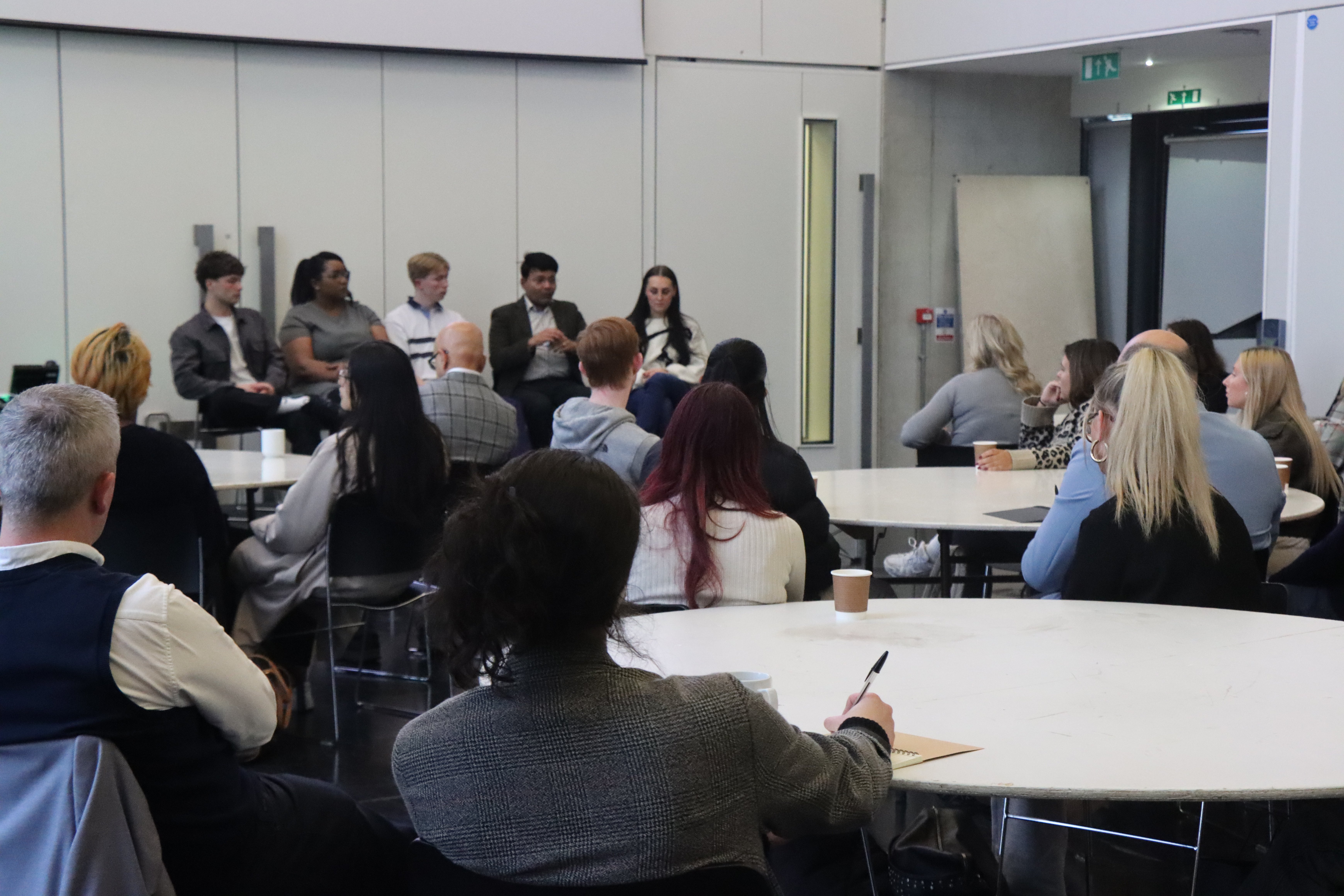5 steps to storytelling with science: Part 1
Conveying a technical or scientific topic in an engaging and informative way can cause a headache for many. Unsurprisingly, there is a ‘science’ behind it, but there are a few simple steps you can follow to crack the formula. Readers must gain value from the content they consume, so the information they read should be contextual and timely, reaching them where they already are.
This blog will provide the first three crucial steps to allow science and technology companies can become riveting storytellers for the most complex topics, and will highlight the importance of successful content creation.
1. Defining your audience
The first and possibly the most important step to begin telling your scientific story is establishing who you want to read it. The overall aim to creating content is to engage, educate, and inform. Even if your defined audience has a high level of existing knowledge, find something new to tell them.
Your target audience is quite likely to be your ideal customer, often defined as your “buyer persona”. You can establish your fictional buyer persona by asking the right questions to your existing customers – plus some educated assumptions – to tailor your content to those who are listening.
If you are developing content for the eyes of potential customers, it must target each prospect at their individual stage of the buyer’s journey, whether they are researching solutions to their defined problem, considering these solutions, or have decided on a solution strategy.
2. Choosing the right format
One size doesn’t fit all. It’s important to distinguish when one type of content would be more suitable than another. Consider the long-term goals of your content, and choose the most effective means to achieve those objectives. Do you want to generate leads or create brand awareness? This will influence the form your story will take.
Are you trying to generate interest in an upcoming symposium? Blogs and social media can quickly get your message out there, whereas if you want to position yourself as a thought leader in the industry, you might consider an informative webinar, white paper or article. Maybe an infographic will convey your message most succinctly and effectively. It’s also a good idea to avoid overusing one format, to minimize the risk of your audience getting bored of hearing from you.
3. Getting behind the story
You have to dig down into what your readers want to learn. Your aim is to educate, but it must be relevant to your audience. You may have a primary overall subject, such as cancer, but you should break your story down into the core topics you want to focus on. It’s important to be specific here – if your story remains too broad, you will find it difficult to effectively communicate your key message. For example, what type of cancer is your audience likely to want to read about? Will they find information on the latest treatment innovations for melanoma more relevant than lung cancer? This is why defining your audience/buyer persona at the start is so important.
Part 2 of storytelling with science will cover how to extract useful materials from technical teams to assist your content development, and provide some useful tips for writing for a scientific audience.
For the full guide of how to tell a great scientific story, including top tips for technical writing, working with scientific media and writing case studies, download your free copy of the ebook.
To find out more about communicating with laboratory markets, contact us.







